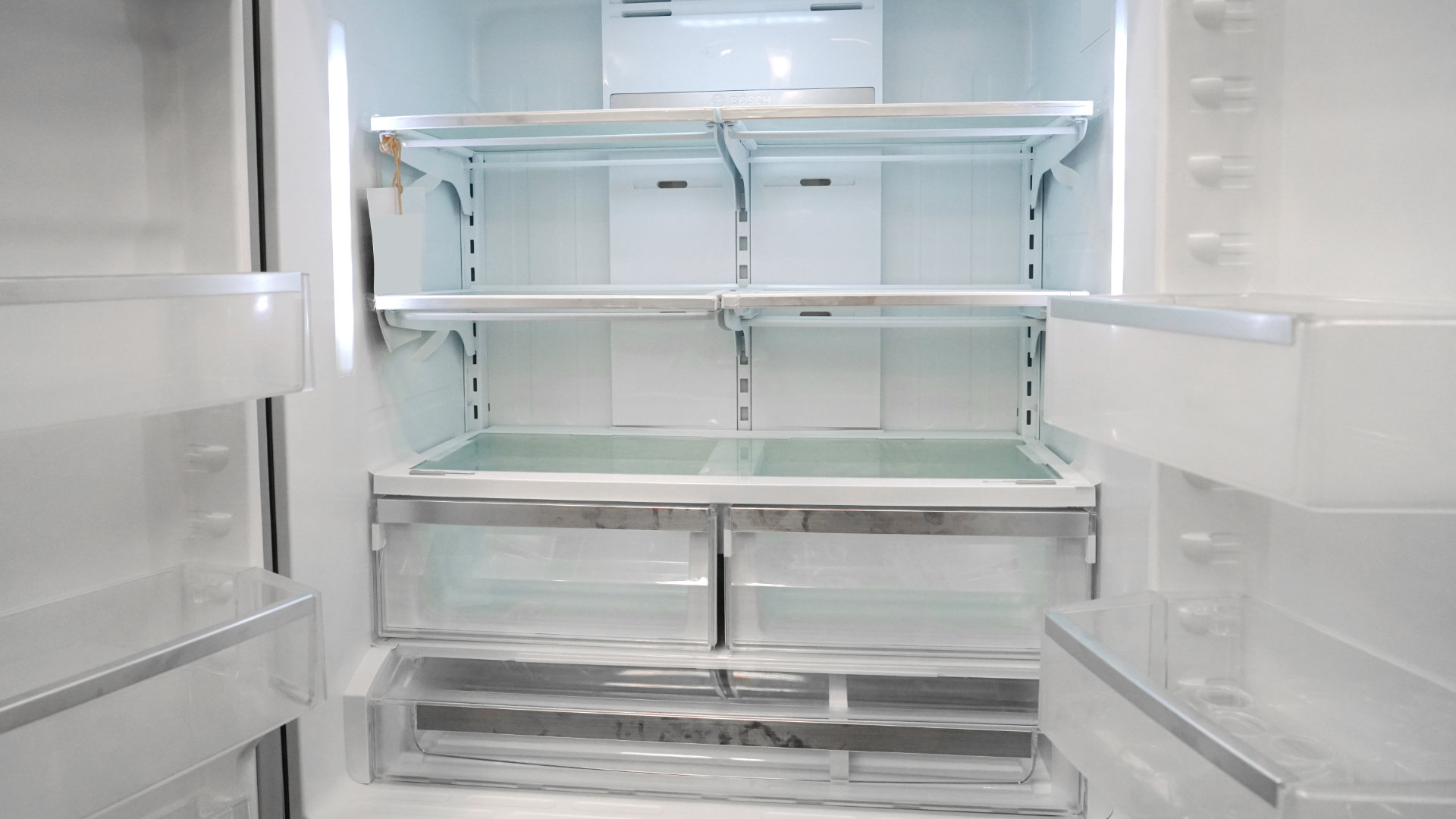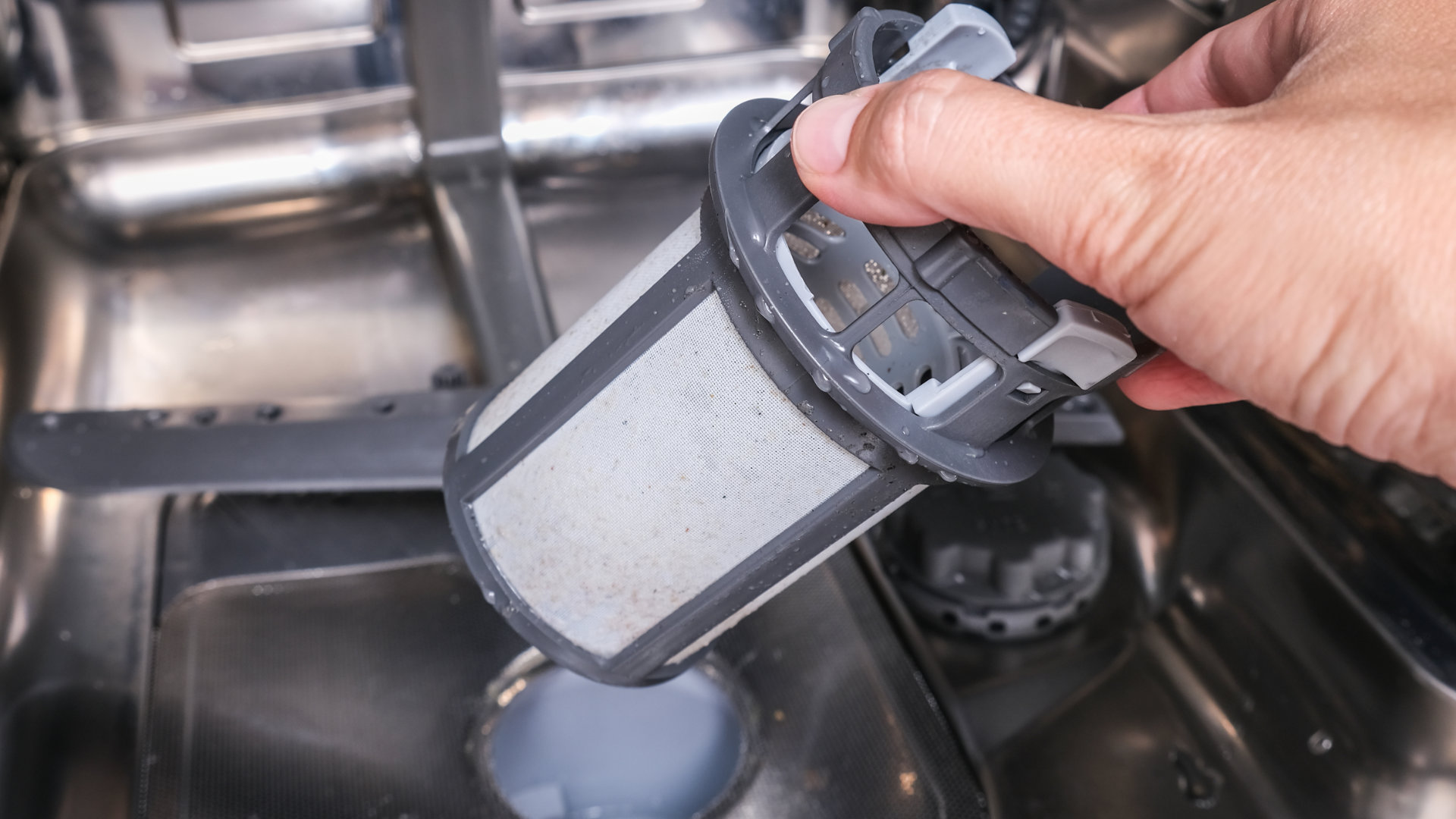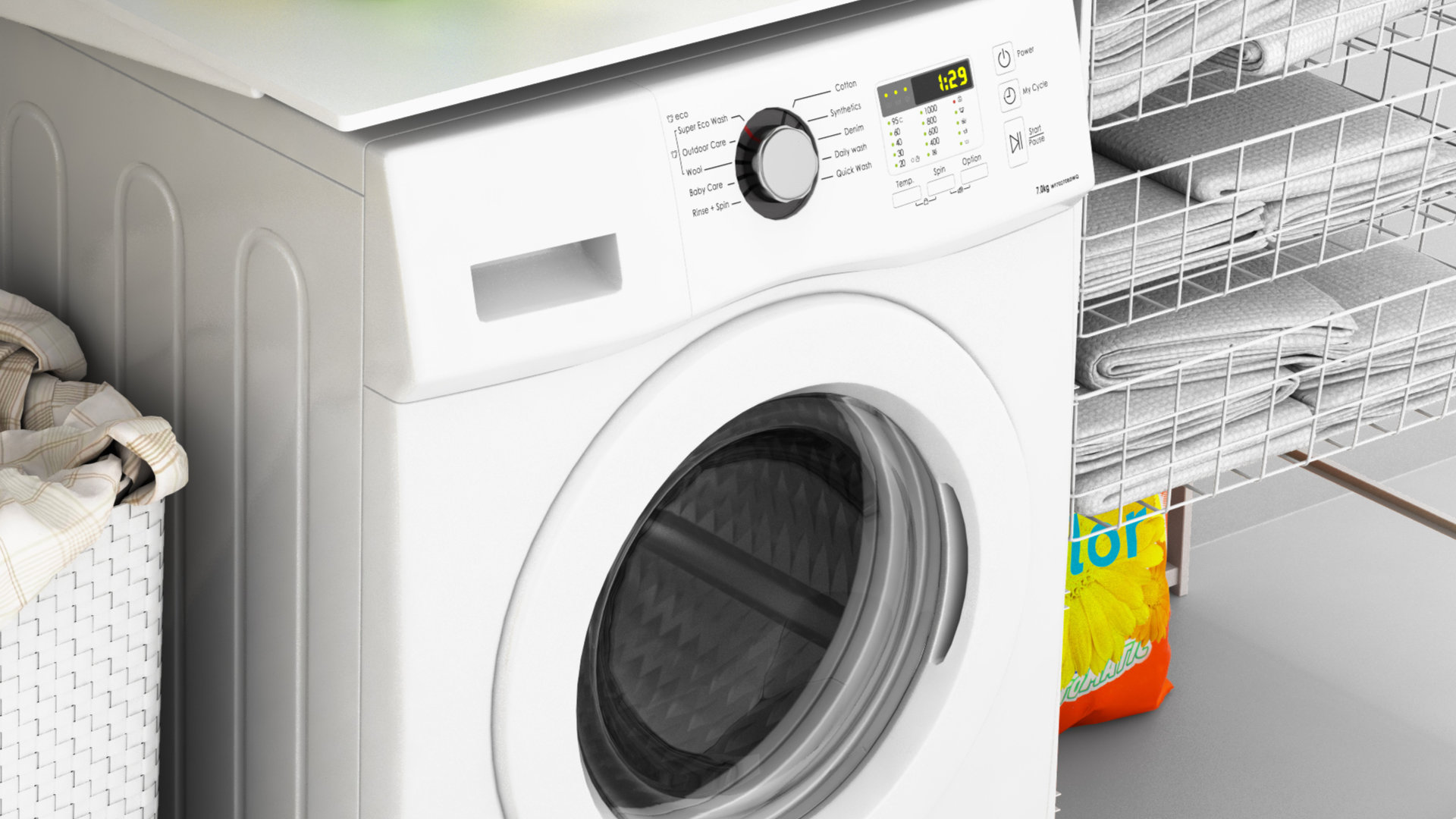
If there is one thing that any appliance can do to cause a panic, it is to start sparking during normal operation. However, this can be a common problem in microwaves because it works with such a high amount of electricity. Sparking can be a symptom of many problems, but unfortunately, solving them yourself can be hazardous. When your microwave has sparking problems, it may be an issue best left to a professional repair technician for your own safety. However, with the right precautions, you may be able to solve it yourself.
High Voltage Warning
When a microwave starts sparking, it can have several causes, but the most likely cause will come from the high voltage parts of the microwave. However, while you can unplug a microwave, it is an appliance that uses stored electricity. This means that while a microwave is unplugged, it is still not completely safe. Before you begin any repair to the high voltage diode or the magnetron, you will need to discharge the stored electricity from the high voltage capacitor.
To discharge the capacitor of a microwave, start by unplugging it. Once you have access to the capacitor by taking off the outer cabinet, use a well-insulated screwdriver to touch the tip of the screwdriver to a terminal. Gently slide the screwdriver along with the chassis to the other terminal. Hold the screwdriver onto the other terminal until you hear a very distinct (and possibly startling) pop noise. You will need to do this for each terminal set. What you are doing is essentially creating a short circuit in order to discharge the electricity. While this can be startling, it won’t harm your microwave and will make it safe for repair.
What Causes Sparking in a Microwave?
You may need to check a number of things in your microwave to solve this issue. Some will require using the discharge method above for safety. However, many issues may not require any discharge, though you may wish to do it for your own safety anyway.
Metal in the Microwave
You may know that tin foil or metal containers don’t belong in the microwave, but metal can get in there in other ways as well. If you put metal in there, be it tin foil or a forgotten fork, your microwave will begin to spark. The good news is that you simply need to remove the metal to stop the issue.
One of the lesser-known ways metal can get in a microwave comes from cleaning. If you used steel wool to clean your microwave, parts of the steel wool pad may have broken off during the cleaning or got snagged on items like the turntable coupler or in the vent area. Even this small amount of metal can lead to sparking so you will need to diligently try to remove any small shards before the next use.
Microwave Racks
If your microwave comes with a rack inside, this can lead to sparking in the right circumstances. Your microwave racks are coated with paint so that the metal inside doesn’t spark. However, if this paint is chipped off, the exposed metal will spark. However, this repair is as simple as removing the shelf or replacing it.
You may also want to investigate the areas where the shelf sits as well. Some microwave used hooks to sit any shelving, and small motions over time may strip the paint off these areas as well. However, replacing the hooks will be a more involved repair.
Wave Guide Cover
Your microwave comes with a small panel over the magnetron on the inside of the microwave called a waveguide. This directs the heat waves from the magnetron towards the center of the microwave where the food is located for efficient heating. Over time, uncovered food in the microwave can cause grease and food particles to attach onto the waveguide cover. In some cases, that food can get burned off the waveguide cover and it may appear to be sparking. A solid cleaning could solve this issue.
However, it is also likely that if it frequently sparking, the waveguide cover may be damaged and may need to be replaced. This can happen if a lot of food has been burned off it and you will probably notice some uneven heating as well.
High Voltage Diode
If all the simpler potential causes above have checked out, your best bet is that the high voltage diode in your microwave is shorted or has opened. To access this diode, you will need to remove the outer cabinet of your microwave. You will also need to discharge the electricity in the capacitor before you even touch the high voltage diode for your safety.
To test if your high voltage diode is faulty, you will need a multimeter. If it is working correctly, it should have low resistance in one direction and high resistance on the other. To test this you simply need to reverse the multimeter leads. If it has low resistance in both directions, then it will need to be replaced.
Magnetron
While the high voltage diode is the more likely cause, a malfunctioning magnetron can also cause sparking issues. You may also notice that food isn’t really heating up at all. When a microwave sparks, you typically don’t let it run, but you will notice some heat applied to the food. If the magnetron is faulty, it may not apply any heat.
The magnetron can be tested with a multimeter attached to the terminals. However, like the high voltage diode, you will also need to discharge the capacitor for your safety. Both the high voltage diode and the magnetron are the most important parts of a microwave, but they can also be the most dangerous. When it comes to making these repairs, you may be more comfortable having a professional do it. Furthermore, replacement magnetrons can be rather expensive, so if your microwave is a very inexpensive model of microwave, it may be more cost-effective to just replace it.

How to Reset a Whirlpool Refrigerator Ice Maker

6 Reasons Your LG Refrigerator Is Not Making Ice

Kenmore Fridge Ice Maker Not Working? 5 Ways to Fix It

How to Remove Fish Smell from Your Refrigerator

How To Fix Bosch Dishwasher E24 Error

Troubleshooting a Whirlpool Dishwasher Not Draining

Why Is Your Fridge Water Not Working, but Ice Is?

How to Fix the E15 Bosch Dishwasher Error Code

How Much Power Does a Microwave Use?

How to Properly Clean Refrigerator Coils

How to Fix an LG Washer Showing OE Error Code

Troubleshooting a GE Dishwasher with No Power and No Lights

10 Reasons Why Your Bosch Dishwasher Won’t Start

Troubleshooting the F5 Error Code with a Maytag Washer


